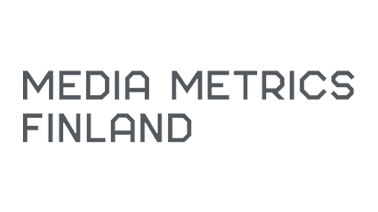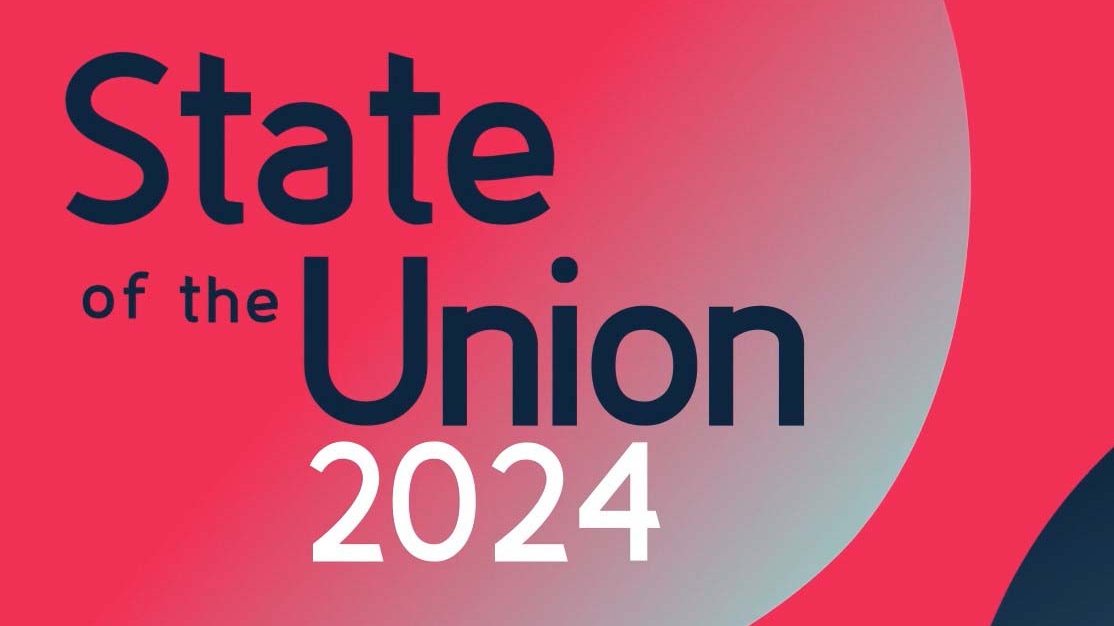Please find the full paper here.
The paper is the Audience Measurement Coalition’s response to the Commission’s consultation on the Data Union Strategy, with particular focus on the discrepancies linked to the implementation of the ePrivacy Directive and its interplay with the GDPR that are problematic for transparent and accurate independent measurement of online media consumption.
The rapidly evolving digital media landscape necessitates robust and consistent legal frameworks to ensure transparency, consumer protection, and fair market competition. Independent audience measurement, a crucial function for markets, consumers, and public authorities, is currently hampered by a fragmented and unclear regulatory environment stemming from diverging interpretations and applications of the General Data Protection Regulation (GDPR) and the ePrivacy Directive across EU Member States.
In this paper, the Audience Measurement Coalition (AMC) is underlining the urgent need for coordinated interpretation and clarification of these two legislative instruments to ensure legal certainty, facilitate essential digital transparency for the public interest, and safeguard the integrity of the media market.
The absence of a legal framework for a purpose with recognised associated general and public interest objectives has led to unfair competition and enforcement gaps of digital regulation. There is a clear and urgent need for legislative coordination. The need for transparency over the consumption of media and advertising content has exponentially increased with recent EU digital policy.
It is important to note that independent audience measurement is a staple of the media sector, a self regulatory success story. It has ensured accurate statistical audience measurement reports that adhere to the highest market research standards, particularly as media consumption increasingly shifts to digital platforms. To this end, independent audience measurement – which hinges on behavioural monitoring and observing online audiences – allows stakeholders and public authorities to determine evolving media consumption patterns. Independent audience measurement has multifarious benefits. On a bilateral level, audience measurement data assures advertisers that any transaction with the publisher is transparent, fair and devoid of fraud. The verification from an independent party will attest that what was paid for was actually provided by the publisher. Similarly, the publisher has a vested interest in understanding the type of audiences they draw – to better identify broader audience consumption trends. Thus, such audience data (also called “media currency”) sustains a symbiotic relationship between advertisers and publishers and helps identify media consumption trends amongst varying audiences. The independence and neutrality of a third party elected by the market ensures that players of all sizes can compete fairly. For that reason, independent audience measurement is the objective ally of smaller players such as European SMEs (whether advertisers or publishers), as it ensures that market dominance and undue advantages are not a determining factor in the distribution of financial resources on the media market.
Furthermore, the need for transparency over media and advertising content has exponentially increased with EU digital policy which seeks to address economic and social issues brought about by digital transformation. Independent audience measurement is essential in the monitoring and enforcement of the following EU regulations.
More News
June 11, 2025
How independent Audience Measurement Supports Minors’ Online Safety Objectives
The Audience Measurement Coalition’s contribution to the Commission’s guidelines on the protection of minors……
April 15, 2025
AMC releases its Position paper on the Role of Independent Audience Measurement to achieve the objectives of European Media Freedom Act
The Audience Measurement Coalition strongly advocates for the principles of self regulation precisely because they…
April 11, 2025
European Board for Media Services invited the Audience Measurement Coalition in Brussels
On April 10th 2025, the chair of the “Media Board” together with the Chair of its Audience Measurement working group,…
March 27, 2025
The Future of Audience Measurement Regulation
On 12 March, AMC Board Member, Marie De Cordier, participated in MIM’s panel discussion, moderated by Sofie Rue…
January 28, 2025
The Audience Measurement Coalition (AMC) launches to advocate for independent, transparent and fair audience measurement in Europe
Today, major European Joint Industry Committees (JICs), Media Owner Committees (MOCs), and professional research…
October 18, 2024
AMC offcially announced at the ASI Radio & Audio and Television & Video in Venice
On November 6th, Stuart Wilkinson introduced the AMC to a global audience of experts in Venice. He presented the topic:…
September 13, 2024
State of the Union 2024 in Belgium
AMC participated in the 2024 State of the Union, called by CIM, the JIC in Belgium
Contact us
if you want to learn more about the Audience Measurement Coalition or want to become a member, please press the contact button below.








